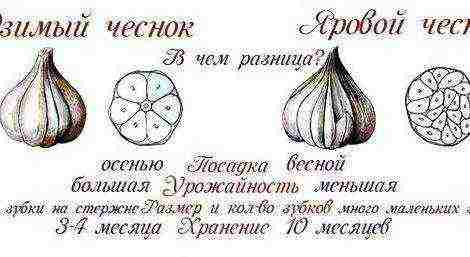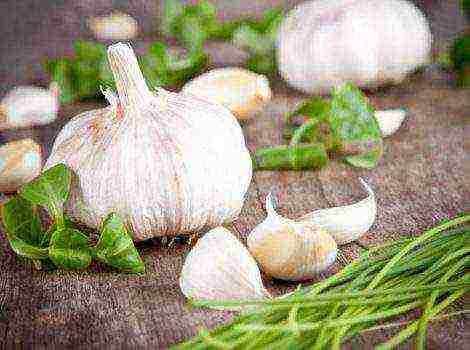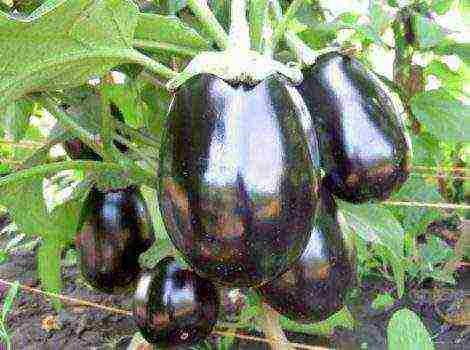Content
Melon cultivation in the open field in Siberia, the Urals and the Moscow region
Earlier, the cultivation of the southern culture - melon in Siberia and the Moscow region was considered possible only in greenhouse conditions. The zoning of varieties, the practice of gardeners and the improvement of agricultural technology of the plant now allow harvesting in the open field.
Features of the regions and selection of varieties
Melon is a thermophilic plant that requires high air and soil temperatures. The culture develops well and bears fruit in the temperature range + 17 ° С-35 ° С. Outside of this optimum, the plant experiences stress, slows down in growth, and at a temperature of + 1 ° C it dies.
These features of the culture are taken into account for growing in open ground in unfamiliar climatic conditions. In the Moscow region, Siberia and the Urals, melon is grown only by seedling, zoned and cold-resistant varieties are selected.
Siberia
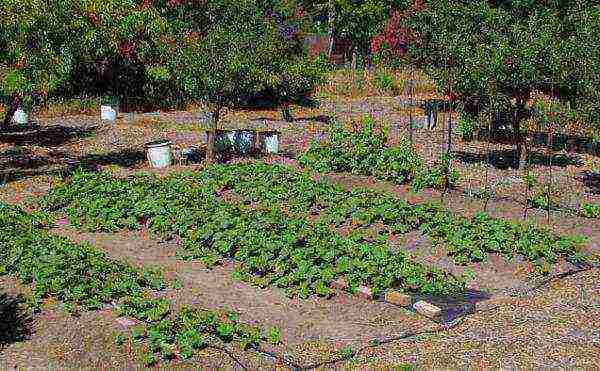
Melon is grown outdoors in the West Siberian and East Siberian horticultural regions. These regions are defined as areas of risky and limited fruit production.
The climate is sharply continental and is notable for its inconstancy. There is no precise definition of the frost-free period. When growing melons, they are guided by the average temperature of the last 3-4 years.
Under these conditions, early ripening varieties develop well and have time to ripen:
- Barnaulka;
- Sybarite's dream;
- Altai;
- Titovka;
- Cappuccino;
- Dessert;
- Lyubushka;
- Early 133.
In other regions of Siberia, the culture is not grown.
Ural
In the Ural region, the duration of the frost-free period is 105-204 days. The main disadvantage for melon cultivation is the prevalence of low summer temperatures, a large variation in the average duration of the frost-free period.
therefore it is possible to grow only zoned varieties of culture here, proven in practice:
- Sybarite's dream;
- Nectarine;
- Melba;
- Canary honey;
- Delano F1;
- Cinderella;
- Collective farmer.
When choosing another variety, the ripening period is taken into account, it should be no more than 90 days.
Moscow suburbs
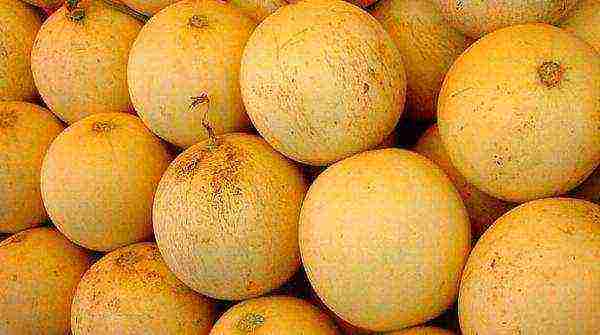
The Moscow region belongs to the central horticultural region, which is distinguished by relatively favorable conditions for growing melons.
The climate is constant, which allows you to accurately determine the duration of the frost-free period: 120-135 days.
The best varieties for the region:
- Collective farmer;
- Iroquois;
- Pineapple;
- Scythian gold;
- Alina;
- Tamanskaya.
The ideal ripening rate for this region is 60-90 days.
Growing seedlings
In the Moscow region, seeds for seedlings are sown from April 15 to 20, in the Urals and in Siberia at the end of April at the beginning of May. With good development, seedlings begin to be planted in the ground 30-37 days after sowing.... Longer plant development at home will lead to overgrowth, weakening and reduced yield.
Seeds for the first planting are best purchased from reputable manufacturers. Such seed guarantees compliance with varietal characteristics, is completely ready for sowing: hardened and made harmless from diseases.
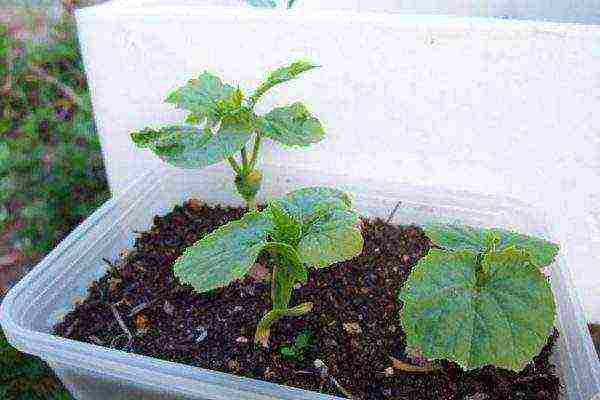
Melon does not tolerate transplantation; if the roots are damaged, it often dies. Therefore, seedlings are grown in peat pots or cassettes with a diameter of at least 10 cm.
For soil mixture in a bucket (10 l) mix:
- peat and river sand 9: 1;
- wood ash 200 g;
- humus, sod land 100 g;
- a handful of sawdust.
2-3 seeds are sown in one container to a depth of 5 cm. The surface of the soil mixture is covered with plastic wrap or glass, which are removed after emergence.
The pots are placed in a lighted and warm place. The required temperature is + 20 ° - + 25 ° during the day and at least + 15 ° C at night. In poor lighting, the seedlings are illuminated with a phytolamp.
A week after the emergence of shoots, excess plants are removed, leaving the strongest in the pots. After the appearance of three true leaves, the seedlings are pinched.
Seedlings are watered with warm water as the earthen lump dries out. A week before planting in the ground, the plants are fed. To do this, 10 liters of water are consumed: ammonium sulfate (16 g), superphosphate (5 g) and potassium salt (5 g).
In the same period, I harden the seedlingst. For this, the plants are taken outside daily, starting at 15 minutes and gradually increasing the time. On the last day before planting, the seedlings are left in the fresh air for the whole day.
Planting seedlings in open ground
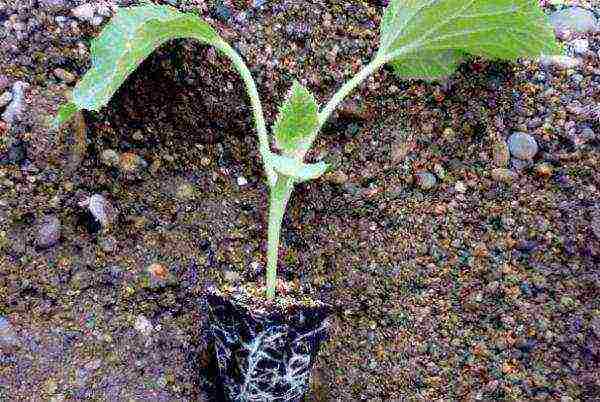
Melon beds are prepared in spring. For this, a site warmed by the sun and protected from northeastern winds is selected. After harvesting, the site is dug up and 5 kg are applied per 1 m2 of rotted manure or peat. Loamy soil is structured with river sand 5 kg per 1 m2.
In the spring, after thawing the soil, the bed is harrowed and mineral fertilizers are applied per 1 m2:
- superphosphate 40 g;
- potassium salt 20 g;
- nitrogen 15 g (3 days before transplanting).
Before transplanting seedlings from the greenhouse, the soil should warm up to t + 15 ° C. It depends on the average spring temperature. Basically, in the Moscow region, the soil warms up in the third decade of May, and in Siberia and the Urals in the first decade of June.
Plants are planted according to the 70X70 scheme in wells prepared in advance and spilled with water. Peat pots are tightly covered with soil and watered. The root collar is left flush with the soil surface. The seedlings are shaded with paper or cut grass, which are removed after 2 days.
Summer Melon Care

The aisles are loosened as a crust forms. The first two times to a depth of 15 cm, the next by 8 cm, and the circle at the root collar is superficial. After the formation of lateral lashes, the plants are spud.
When the root collar and melon leaves are moistened, the development of fungal diseases is possible. Therefore, at a distance of 3-5 cm from the stem, a shallow irrigation groove is formed. Watering is carried out with warm, settled water with t not less than 20 ° C, the consumption per plant is 5-7 liters.
Watering the melon depends on the stage of development. After planting, the seedlings are watered every day in dry weather. When the plants take root, they are watered once, and in very hot weather, twice a week. During the ripening of the fruits, watering is reduced to once in 10-15 days.
The first time the plants are fed 15 days after planting. To do this, use solutions of mullein 1: 10 or ammonium nitrate (20 g per 10 l).
Subsequent feeding is carried out at intervals of 7-14 days with a solution of 10 liters:
- superphosphate 50 g;
- potassium salt 30 g;
- ammonium sulfate 30 g.
Ready-made fertilizers are also used: Master, Terraflex, Kemira hydro. Fertilizers are applied only after abundant watering at a rate of 1-1.5 liters per plant.
To increase the supply of nutrients to the fruit, the plant is shaped. This speeds up ripening, increases the sweetness and quality of the fruit.
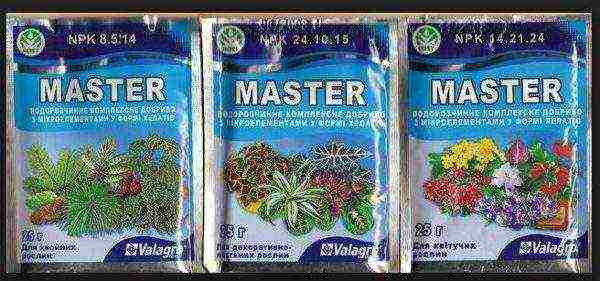
On the main stem, only male flowers are formed, which do not bear fruit. Therefore, in the phase of fruit formation, its growth is stopped, - pinch over 3,4 or 5 leaves. The overgrown lateral lashes are also pinched, the non-fruiting shoots and excess ovaries are cut off.
Harvesting
Depending on the variety, the melon begins to ripen in the third decade of July. To determine the ripeness of the fruit, lightly press on the bark. In ripe melon, the bark is slightly squeezed under pressure. The fruits are harvested as they ripen.
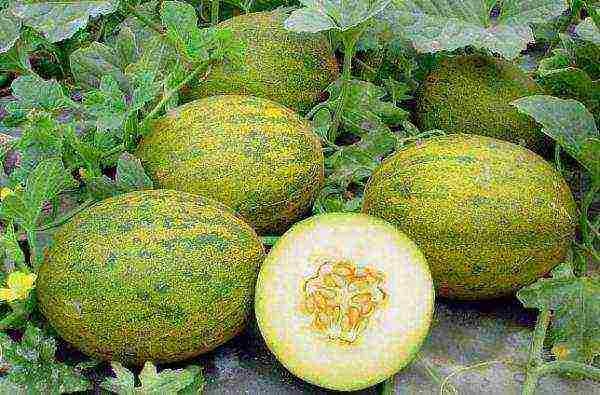
The last collection is carried out before frost. Fruits that have not had time to ripen are placed on a shelf in one row with the stalk upward or in wooden boxes, shifting with shavings. In such conditions, they will mature within 1-2 weeks.
Despite the detailed agricultural techniques, it is always important to be guided by the peculiarities of the weather in summer. Moderate dryness and warmth are the main conditions for a good harvest. Lingering rains and sharp cold snaps are detrimental to the melon. It is worth preparing the covering material in advance.
